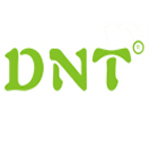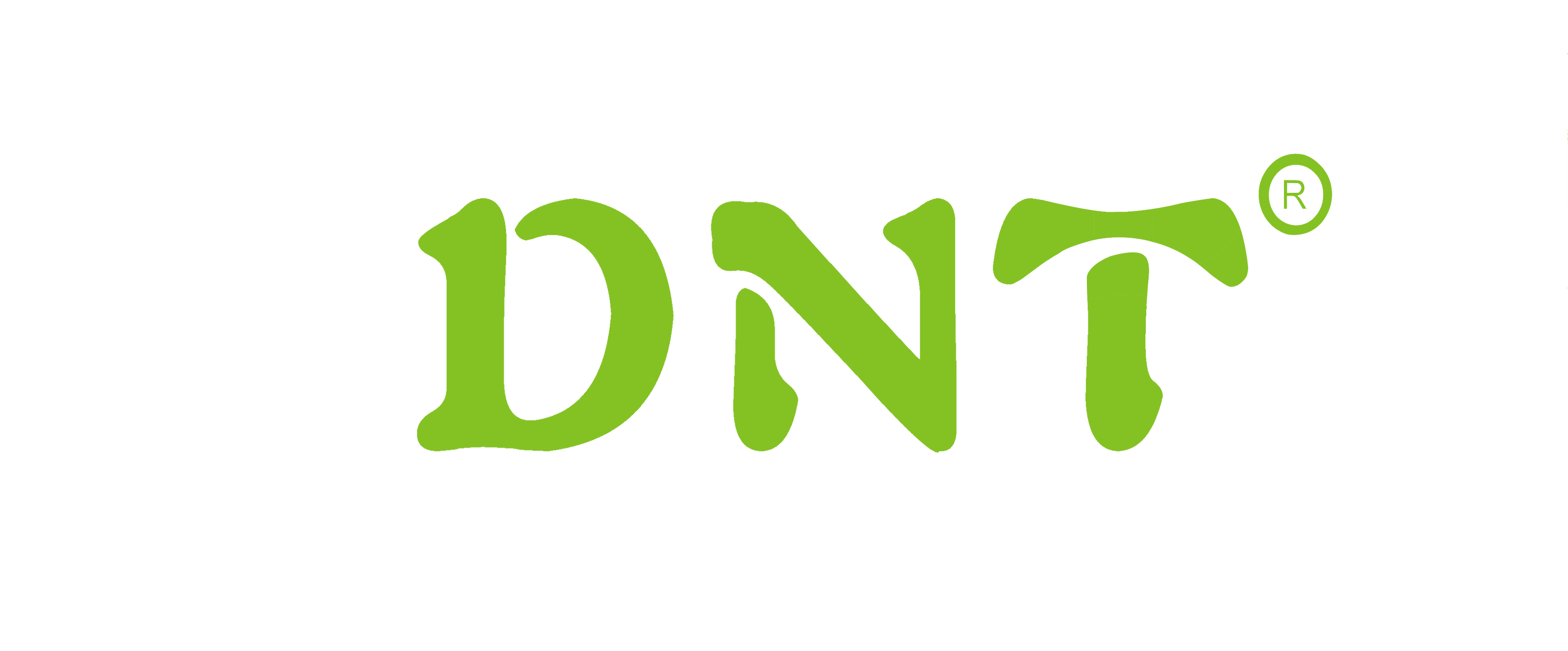Avoiding Damage: Best Practices for Cylinder Liner Removal
Avoiding Damage: Best Practices for Cylinder Liner Removal
When removing cylinder liners, the right tools, clean parts, and precise technique make all the difference. Follow these OEM-backed best practices to prevent costly damage to engine blocks and liners.

Use OEM-Specified Puller Tools & Mark Liners
Utilize the manufacturer-certified puller tool (e.g., Detroit Diesel’s J-45876) and maintain strict vertical alignment during removal to avoid lateral stress and component damage. If reusing liners, mark their original cylinder position and store upright to preserve shape. :contentReference[oaicite:0]{index=0}
Clean and Inspect Before Removal
Thoroughly clean flange surfaces and inspect liners for cracks or scoring. Even a small contamination or scratch can lead to long-term liner failure or block damage. :contentReference[oaicite:1]{index=1}
Ensure Vertical Alignment During Extraction
Maintain perpendicular extraction using hydraulic support or clean setup to minimize bending moments. This protects delicate seating surfaces and prevents misalignment. :contentReference[oaicite:2]{index=2}
Why Trust DNT Tools for Safe Cylinder Liner Removal
DNT Tools (Ningbo, China) delivers high-precision puller tools designed to OEM specs, ensuring clean extraction without damage. Our product strengths:
- Precision fit tailored to engine series
- Rugged, long-lasting construction
- Custom packaging & branding for your service needs
Upgrade your overhaul process—let DNT Tools help you protect your engine rebuilds.
Learn About DNT ToolsReferences
Bottom Line
Safe cylinder liner removal requires the right tools, clean parts, and exact technique. Choose precision-engineered solutions—like those from DNT Tools—to keep your operations efficient and damage-free.



